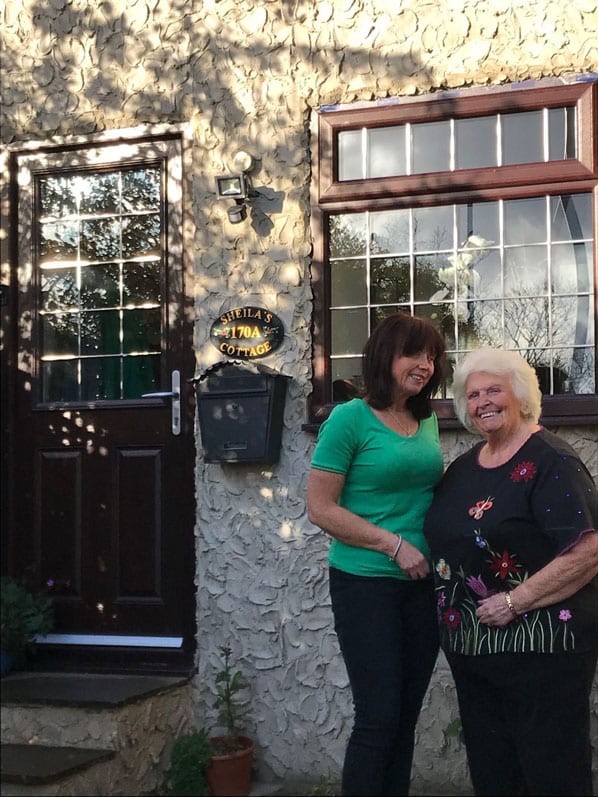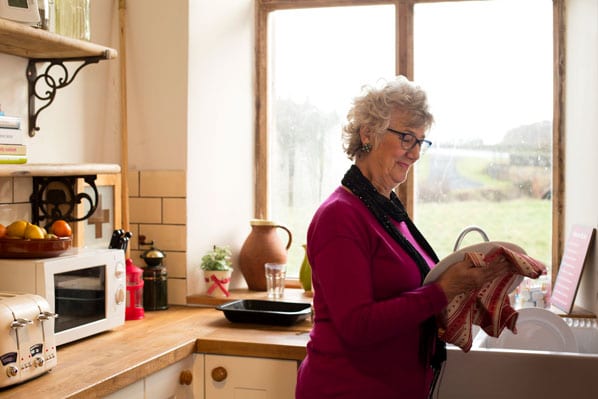Almost time to batten the hatches before winter arrives - but you still have time to do last-minute garden jobs to beat the winter chill.

You may have been enjoying the balmy autumn, but as the sweaters and woolly socks come out, it’s almost time to put the garden to bed.
So, what last-minute jobs should you be doing?
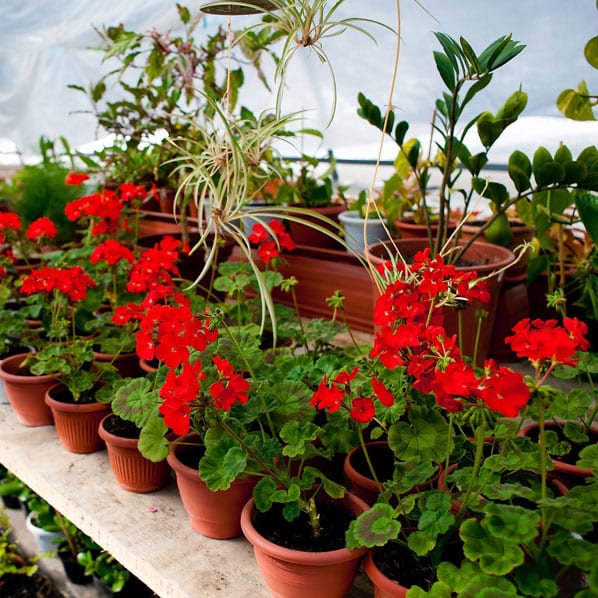
1. Shelter vulnerable plants
My pots of geraniums (pelargoniums) are still going strong but they won’t be for much longer, so if you want to keep them for next year, find them some shelter now.
Cut them back to 10cm (4in) and put pots in a light, frost-free place such as a greenhouse or a sheltered porch next to the house. If the spot isn’t completely frost-free, wrap the pots in bubble wrap to give them extra protection.
If you’ve a conservatory or a cool spare room, even better. Don’t put plants near central heating or they will wilt and die when you bring them out next year.
Do the same with fuchsias, cutting them back before you put them under cover for winter, and hardly water them at all until growth starts again in spring.
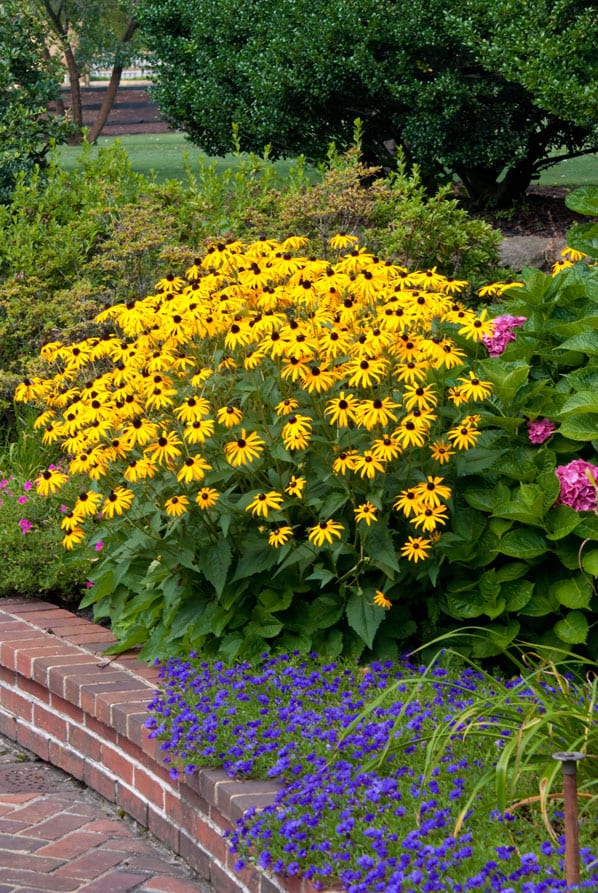
2. Divide perennials
The ground should still be soft enough to dig up overcrowded clumps of perennials and split them, replanting the divided clumps to give them more space.
This will lead to better performance in subsequent years and you’ve also increased your stock. Repeat planting is really effective at creating continuity and flow in borders, and dividing perennials is an ideal way of doing this.
Good subjects for division include crocosmia, rudbeckia, helenium, cranesbill geranium and catmint. You can also lift and divide hostas, although you’ll need a sharp knife to slice through the thick, congested roots.
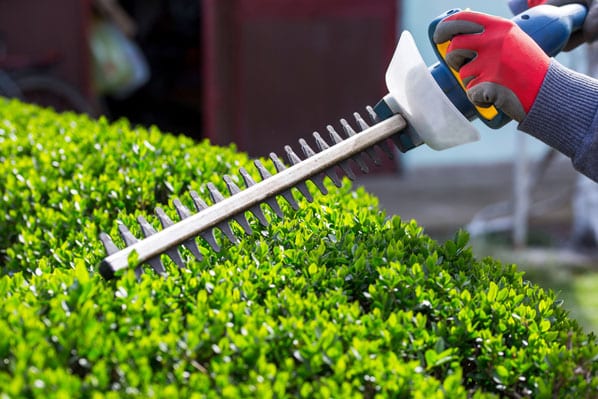
3. Trim hedges
Try to do this when the weather’s still fine – you don’t want to be getting the hedge trimmer out when it’s pouring. If you tidy evergreen hedges now, they will look neat until next year as they won’t put on much new growth during the cooler months.
Also, trimming now may save you a bigger job in spring, when you also risk disturbing birds’ nests. Deciduous shrubs can be pruned into winter.
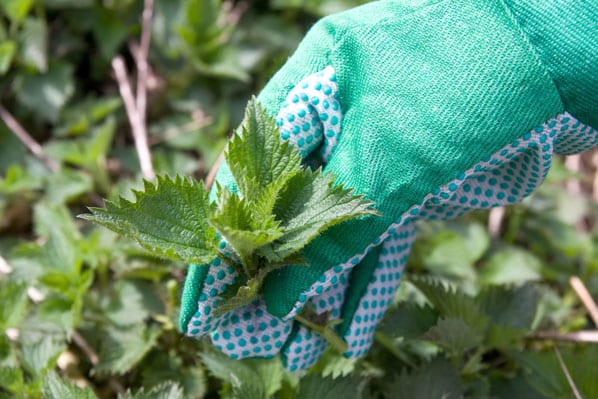
4. Get rid of the last of the weeds
Try to dig out any pernicious perennial weeds you see lurking, such as bindweed, couch grass and ground elder. You’ll need to dig them out completely, root and all, as if you leave any fragments of root in the soil they will come back in spring.
Hopefully, if you dig up the perennial weeds now, your job won’t be as arduous in spring. If you have areas which have been totally invaded, consider covering the ground with sheets of black plastic, secured with bricks at each corner, which will stop the light and hopefully kill the weed in a few months.
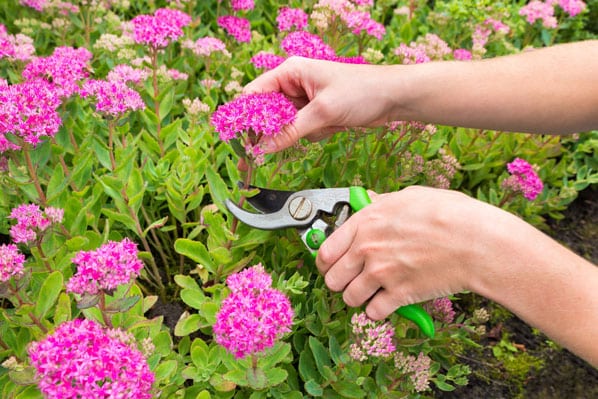
5. Take cuttings
Want to increase your stock? It’s a perfect time to take hardwood cuttings of shrubs including weigelas, roses, dogwood, philadelphus and willow. They can often be grown on outdoors in a prepared trench.
Select vigorous, healthy shoots grown in the current year and remove the soft tip growth. Cut into sections 15-30cm (6in-12in) long, cutting cleanly above a bud at the top, with a sloping cut to shed water and as a reminder which end is the top.
Cut straight across at the base, below a bud or pair of buds. Dip the base into hormone rooting powder, make a slit trench in a well cultivated but vacant area of the garden, push the cuttings in vertically, 30cm (12in) apart and firm the soil back around them, closing the trench.
Water them in. This time next year they may have rooted enough to be moved. This job can be done at any time between mid-autumn and late winter.


